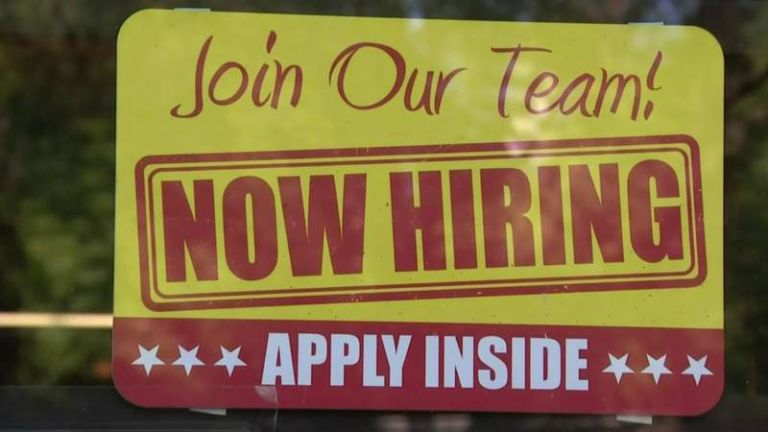Jon Swartz explains at Barron’s how Amazon’s second headquarters might generate some unintended consequences for the community that “wins” the project.
When Amazon.com decides on the location for its second corporate headquarters in North America sometime this year, some economic experts, city planners, and labor leaders have words of advice for the winning city: Be careful what you wish for.
The 20 finalists are no doubt salivating over the prospect of adding as many as 50,000 jobs at the dazzling $5 billion campus for technology’s hottest company. They anticipate tens of millions of dollars flowing into the region each year.
Min Suh, a former real estate finance professor at Columbia’s Masters in Real Estate Development program, built an economic model for Barron’s on the financial windfall for the winning city. He anticipates $135 million in project-related revenue, $36 million to $64 million in annual real estate property taxes for the new headquarters alone, $5,500 to $8,400 in tax revenue per employee, which includes increased sales taxes from discretionary spending by a well-paid army of Amazon (ticker: AMZN) employees. …
… The company’s major expansion comes at a cost. A state government is likely to be forced to publicly subsidize such a large enterprise with municipal bonds and higher taxes for current citizens to maintain infrastructure and other basic services, says Frank Nothaft, chief economist for CoreLogic.
Many economists generally frown on so-called megadeals—defined as more than $50 million in incentives to woo a company—but they are on the rise. Since 2008, the rate of such deals have more than doubled to an average of 25 per year. Last year, Wisconsin enacted a $3 billion subsidy deal for a Foxconn factory, and Iowa awarded $213 million in incentives to Apple (AAPL) for its data center in Des Moines—more than $4 million per job.


